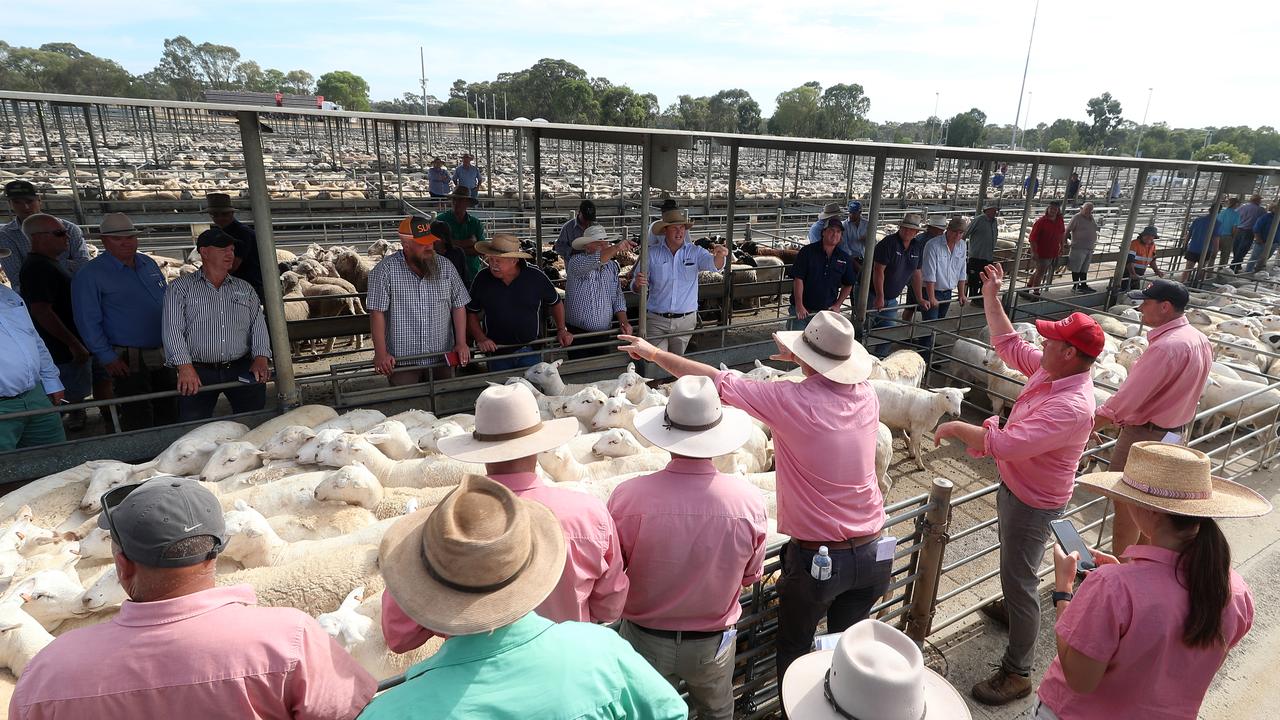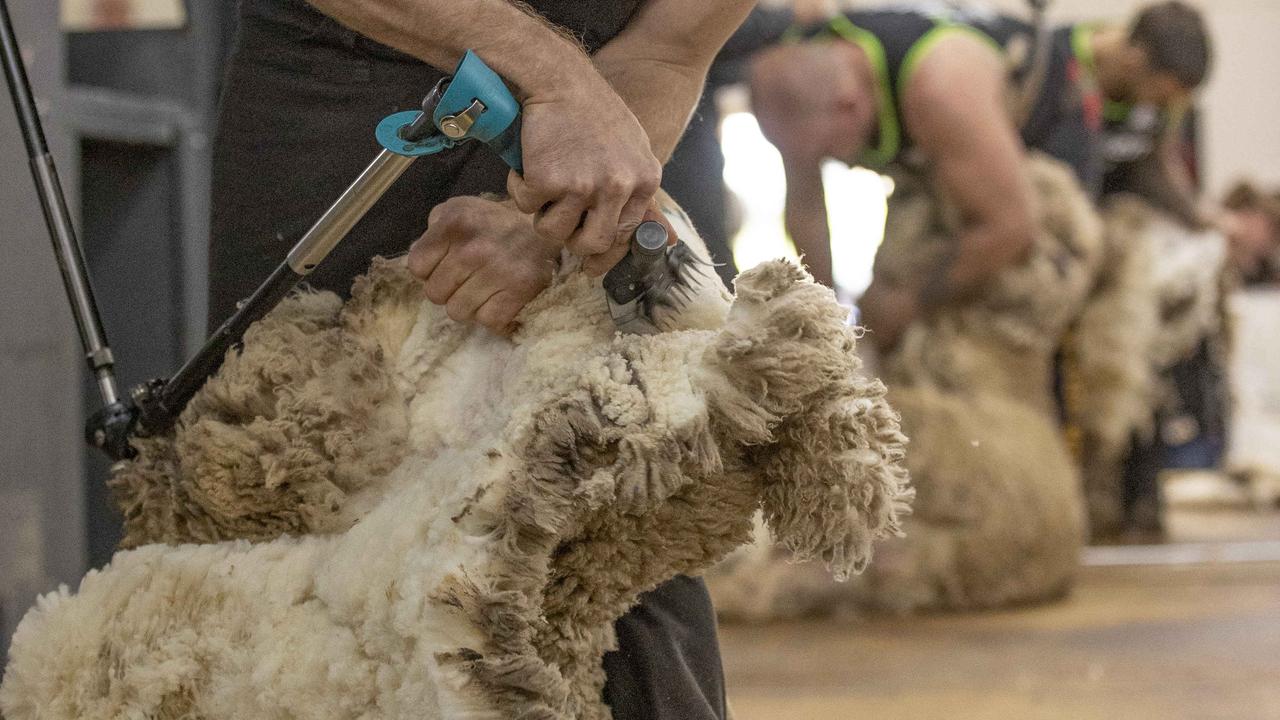Why dairy steers could be part of Australia’s beef production
Dairy steers have long been maligned as having a poorer eating quality than beef breeds, but a new report has dispelled this. See the details.

Manipulating feeding regimes for dairy breeds of cattle could see them rivalling beef in terms of quality.
But the feed types must be carefully managed to ensure the quality of beef from dairy breeds is maximised.
A study by Meat and Livestock Australia looked at creating a dairy beef supply chain to increase the value and volume of beef and veal products from the industry.
And one of the key findings was that cuts from dairy steers had equal eating quality to those from beef breeds when finished in feedlot or supplemented pasture-based systems.
The findings come at a time when there is increased attention and scrutiny over the sale of bobby calves.
“While often a major component of beef supply in many countries, dairy beef is less commonly utilised in Australia,” the reports authors said.
“Reasons have included a processor belief that dairy carcasses were of below premium quality compared to beef breed carcasses whereas dairy farmers believed that the prices offered for dairy steers of similar weight to beef were non-viable.
“Consequently, many male calves have been euthanised at birth with others sold within five days of age as bobby calves.
This not only raised issues concerning social license and animal welfare but also meant a loss to the Australian beef supply.

There were two feeding regimes studied in the project – one targeting growth rates of 0.7kg/day and the other 1.2kg/day from birth. Processing weights included vealers (less than 150kg carcass weight with no adult teeth) and mature beef, at 300kg carcass weight.
Jersey, Holstein-Jersey and Holsteins were evaluated, and at the same time, so were British breeds and European breeds.
“All pathways produced beef of MSA acceptable quality, at least equal to the beef breed cohorts,” the report found.
“Adoption of two increased growth rate pathways on a combination of pasture and feedlot and a novel high carbohydrate ration have the potential to produce comparable eating quality outcomes to beef breeds and superior carcass value to the current end points for dairy animals.
“These results provide potential opportunities for particularly male dairy calves, especially those from pure dairy breeds.”
The highest eating quality and MSA compliance was achieved through an accelerated growth high carbohydrate ration (target growth rate of 1.5kg/day) fed from weaning that produced 300kg carcasses at 14 months.
But the news was not all positive – dairy carcasses in the project had similar marbling and ossification to beef but had lower P8 and rib fat, and proportionally smaller eye muscle area.
And for veal, the report found it was more challenging to meet MSA standards.
“The project also aimed to develop an MSA veal pathway, however, while the dairy veal calves achieved acceptable eating quality, they were non-compliant with existing MSA screening criteria for rib fat and ultimate pH, and potentially compromised by cold shortening reducing their eating quality potential,” the report found.




